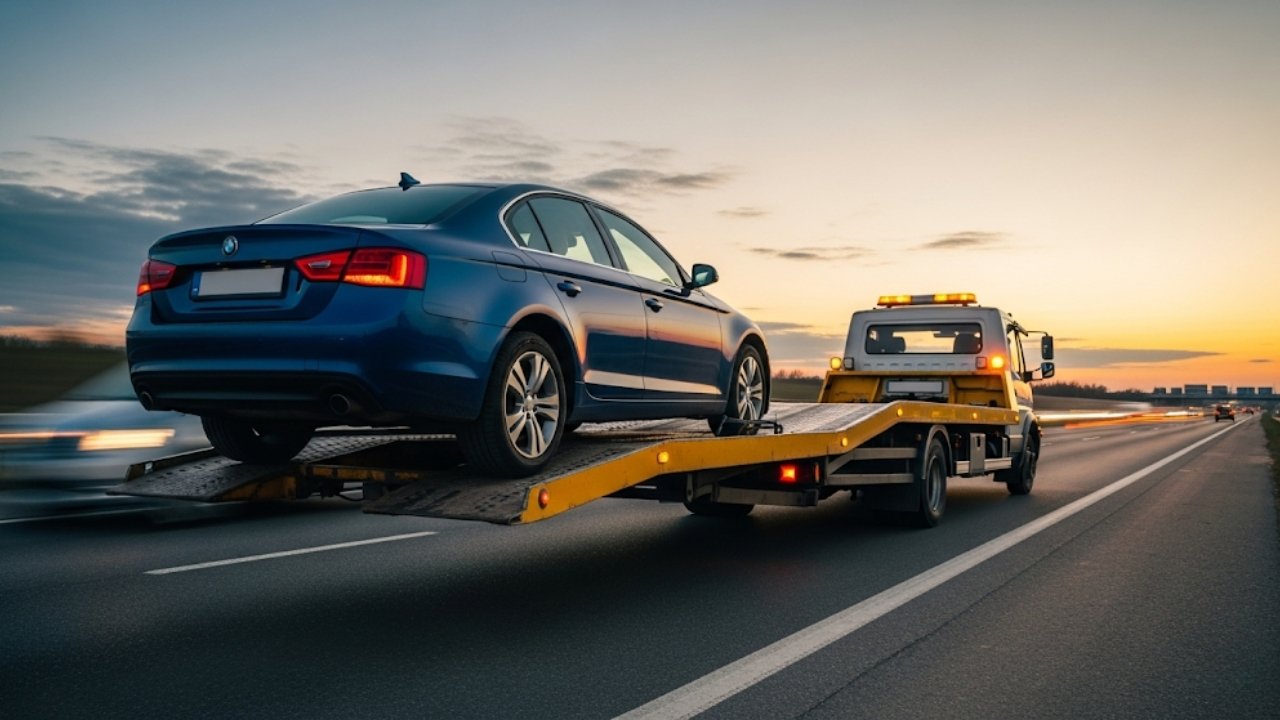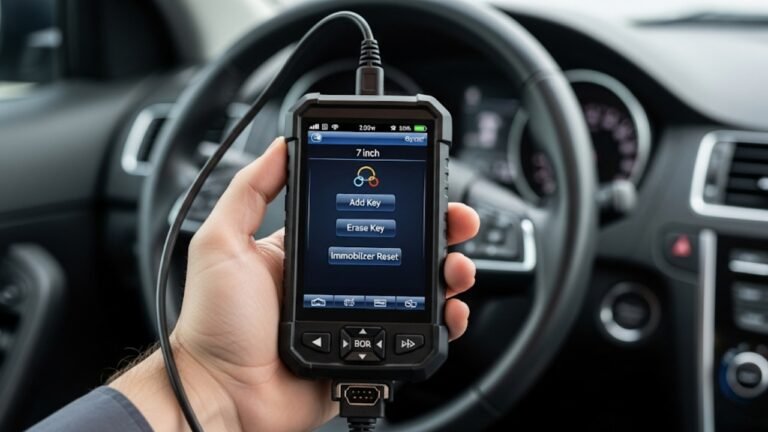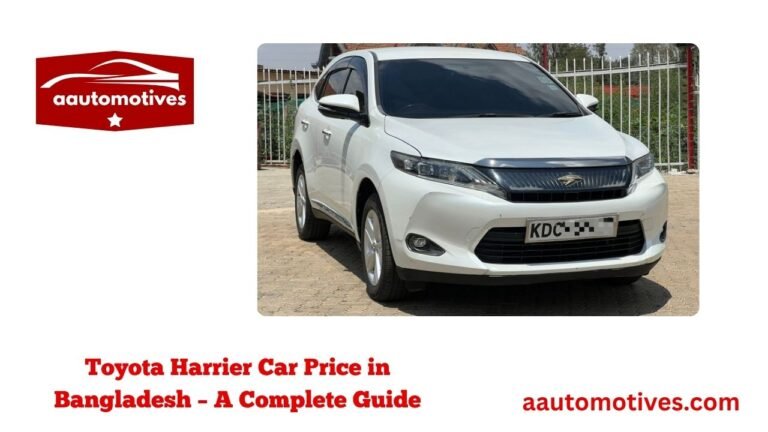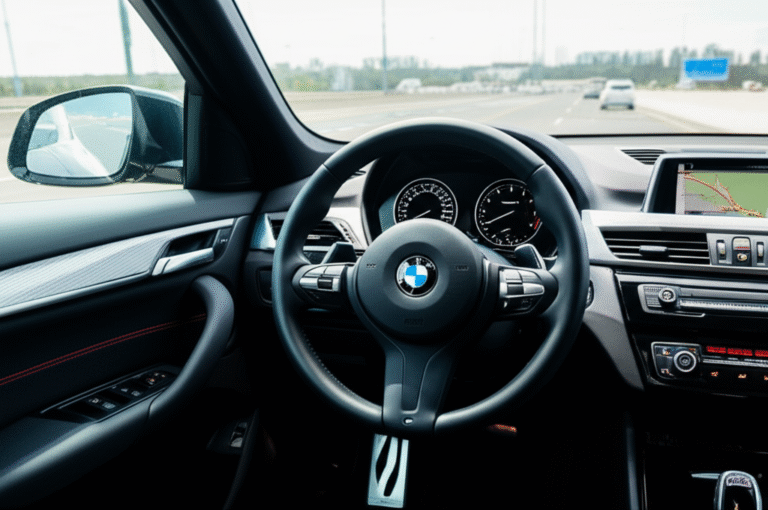Car Towing Back Wheels: The Simple Truth

You’re driving home after a long, hectic day. You stop at a red light, stretch your arms, and sigh. Life feels a little easier knowing you’ll be home in a few minutes. But then—thunk. Your car makes a weird noise. You pull over. Nothing moves. The engine’s fine, but the wheels are stubborn. That’s when you realize: you’re not going anywhere without a tow.
Now, if you’re like I was during my first roadside breakdown, you’re thinking, “How do they tow my car—do they lift it from the front or back?” The answer? Sometimes, it’s all about the back wheels.
In this article, we’re diving deep into the real deal about car towing back wheels—what it means, when it happens, and why it’s crucial for your car’s health. I’ll break everything down in simple terms, share stories, and make sure you never feel confused again at the side of the road.
What Does “Car Towing Back Wheels” Really Mean?

This isn’t a random choice. It all depends on your car’s design:
-
Front-wheel drive (FWD) vehicles usually get towed from the front.
-
Rear-wheel drive (RWD) vehicles may need their back wheels lifted.
-
All-wheel drive (AWD) or 4WD cars are trickier and need special attention (often flatbed towing).
Imagine dragging a suitcase with its wheels up—it’ll scrape, resist, and get damaged. Your car is the same. Using the wrong method can mess up your transmission and drivetrain badly.
So, when tow truck operators lift the back wheels, they’re doing it for a reason. It’s not just about physics—it’s about protection.
⚙️ Why the Drivetrain Matters in Towing
Here’s where things get real. Your drivetrain is like the body’s spine. It connects power from the engine to the wheels. When towing goes wrong, it’s often the drivetrain that suffers.
There are four types of drivetrains:
| Drivetrain | Powered Wheels | Towing Method |
|---|---|---|
| Front-Wheel Drive (FWD) | Front | Tow with front wheels lifted |
| Rear-Wheel Drive (RWD) | Rear | Tow with back wheels lifted |
| All-Wheel Drive (AWD) | All | Use a flatbed tow truck |
| Four-Wheel Drive (4WD) | All (selectable) | Use a flatbed or special dolly |
If your car is rear-wheel drive, towing it with the rear wheels on the ground can make the transmission spin without lubrication. That’s a recipe for disaster.
Tow truck drivers know this, which is why they’ll often tow rear-wheel cars from the rear—lifting the back wheels. It’s safe, smart, and protects your vehicle.
When Do Tow Trucks Lift the Back Wheels?
You might wonder, “Why not always lift the front wheels? Isn’t that easier?” Sometimes yes, but not always. Here are real-world situations where the back wheels are lifted instead:
1. Rear-Wheel Drive Cars
These cars power the rear tires, so they need those wheels off the ground during towing to avoid damaging the transmission.
2. Vehicle Positioning
If your car is parked in a narrow alley or facing downhill, it might be impossible to approach from the front. The tow operator lifts the back instead.
3. Parking Brake Issues
Some cars automatically engage the parking brake on the front axle. In that case, the back wheels must be lifted to move the vehicle.
4. Equipment Compatibility
Some wheel-lift tow trucks are better suited for lifting from the rear based on vehicle size and road angle.
Mistakes to Avoid When Towing by the Back Wheels
I once saw a guy on the highway trying to tow his friend’s rear-wheel drive Mustang using a simple dolly. He placed the front wheels on the dolly and left the back ones rolling—a costly mistake. Smoke started coming from the transmission within minutes. Why? Because the drivetrain was spinning dry.
Here’s what NOT to do:
-
Never tow a RWD car with rear wheels on the road.
-
Don’t let your AWD vehicle get towed with two wheels down.
-
Don’t ignore strange sounds or resistance during a tow—it means something’s off.
The best practice? Ask the towing service if they understand your vehicle type. Car towing back wheels should only happen if it matches your car’s drivetrain needs.
Tools Tow Trucks Use for Back-Wheel Towing
Tow trucks aren’t just giant machines with hooks. They use smart tools designed to make towing safer. For back wheel towing, the most common equipment includes:
-
Wheel-lift tow trucks – These trucks use a metal yoke to lift either the front or back wheels.
-
Towing dollies – Small platforms that lift the unpowered wheels off the road.
-
Integrated lift systems – Heavy-duty systems used for large or difficult-to-access vehicles.
-
Flatbeds – Sometimes used even if back wheels are an option, especially with AWD vehicles.
Fun fact: Most modern tow trucks come equipped with wheel sensors and vehicle protection systems to ensure no pressure is applied to fragile suspension parts.
Real-Life Stories of Back-Wheel Towing
Let me share a quick story. A few years ago, my uncle’s BMW 5 Series, which has rear-wheel drive, broke down in the middle of a Dhaka traffic jam. A towing company showed up, but they didn’t ask about the drivetrain. They lifted it from the front and drove off. Two hours later, the transmission failed. It cost over 80,000 BDT to fix.
Since then, I’ve always made sure to ask the tow truck driver how they’ll lift the car. That single question can save you a fortune.
Moral of the story? Don’t assume towing is one-size-fits-all. Car towing back wheels is a method that needs to be done right, not rushed.
How to Know If Your Car Should Be Towed by the Back Wheels
This can feel confusing, especially if you’re not a car expert. But it’s easy if you remember these simple steps:
Check Your Owner’s Manual
It’ll usually say the recommended towing method. Look under “Emergency Towing” or “Roadside Assistance.”
️ Look at the Badging
If your car has an “AWD” or “4WD” badge, you must avoid towing with only two wheels on the road. A flatbed is safer.
Know Your Transmission Type
Automatic vs. Manual matters too. Some manuals allow for back-wheel towing, but many automatics don’t.
Risks of Incorrect Towing: What Can Go Wrong?
If you get car towing back wheels wrong, the damage isn’t just mechanical—it’s emotional too. I remember the pit in my stomach when I learned my car’s transmission was ruined after improper towing. It was like watching months of savings vanish.
Here’s what can go wrong:
-
Transmission failure: If the driven wheels are left turning without lubrication, the transmission overheats and fails.
-
Driveshaft damage: For RWD or AWD cars, improper towing can twist or crack the driveshaft.
-
Flat spots on tires: Dragging locked tires wears them unevenly.
-
Brake issues: If the parking brake is active, towing with those wheels down can overheat and warp brake components.
Each of these repairs costs thousands. Worse, they leave you without a car just when you need it most.
So, knowing whether towing your car with the back wheels lifted is safe is more than trivia—it’s a financial lifesaver.
Common Vehicles That Need Back-Wheel Towing
Let’s talk specifics. Here are some popular car models that may require back wheel towing:
| Car Model | Drivetrain | Preferred Towing |
|---|---|---|
| BMW 3 Series | Rear-Wheel Drive | Back wheel towing or flatbed |
| Ford Mustang | Rear-Wheel Drive | Back wheel tow with dolly or flatbed |
| Toyota Supra | Rear-Wheel Drive | Back wheels up only |
| Mazda MX-5 Miata | Rear-Wheel Drive | Tow from rear or use dollies |
| Tesla Model S | AWD | Flatbed only (never two-wheel) |
These models highlight how critical it is to understand drivetrain before towing. Even if you’re not a “car person,” knowing this could save your vehicle’s life.
Expert Tips Before Calling a Tow Truck
When you’re stressed and stranded, it’s easy to forget what questions to ask. So here’s a checklist I’ve developed over the years. Keep these in mind when requesting towing:
-
Tell them your make, model, and drivetrain.
-
Ask how they plan to tow—flatbed or wheel-lift.
-
Confirm if they’ll lift the back or front wheels.
-
Mention if your car is stuck in gear or won’t roll.
-
Check if they’ve towed similar vehicles before.
Some tow companies even send photos or live GPS tracking. If they do, great! That’s usually a sign of professionalism.
Remember: It’s okay to sound “picky.” You’re protecting your investment.
Regional Considerations: Towing in South Asian Roads
Being in Bangladesh, or any similar region, adds another layer to this whole discussion. The roads here aren’t always ideal—narrow lanes, steep alleys, and uneven surfaces often mean flatbed trucks aren’t practical.
In these cases, car towing back wheels becomes more common. But the risk? Some local tow operators may not fully understand drivetrain differences. I’ve seen cars dragged from the wrong end because someone thought “all cars tow the same.”
So, in places with dense traffic and inconsistent road space, it’s extra important to speak up. Know your car. Share the details. And if needed, request a dolly or flatbed, even if it takes longer.
Quick Guide: Towing Do’s and Don’ts (For Back Wheels)
Let’s make things simple.
✅ Do:
-
Know your car’s drivetrain type.
-
Ask the towing service about lifting the back wheels.
-
Use dollies or flatbeds for AWD/4WD cars.
-
Turn off automatic parking brakes, if safe.
❌ Don’t:
-
Let anyone tow your RWD car with rear wheels down.
-
Allow two-wheel towing on AWD vehicles.
-
Forget to mention any electronic lockouts (e.g., park mode stuck).
-
Assume every tow truck operator knows your car’s specs.
️ Is DIY Back-Wheel Towing a Good Idea?
Short answer: no—not unless you’re very experienced.
While you can rent tow dollies or even buy towing gear, getting it wrong can be catastrophic. Even a simple mistake like a loose strap or wrong angle can cause:
-
Cracked bumpers
-
Broken axles
-
Damaged undercarriage
-
Legal issues if you block traffic
Unless you’ve got experience and tools—and the right conditions—leave it to the pros. Towing with the back wheels lifted takes know-how and precision.
Final Thoughts: What You Need to Remember
When your car breaks down, stress kicks in fast. But knowing about car towing back wheels can give you control in a moment that feels chaotic.
Let’s recap the essentials:
-
If your car is rear-wheel drive, tow it with back wheels lifted.
-
Front-wheel drive cars should have front wheels lifted.
-
AWD or 4WD? Flatbed only—no exceptions.
-
Always tell the towing company your vehicle details.
-
Never assume—ask and confirm before the hook goes on.
Cars are more than machines—they’re part of our daily lives, our memories, and our freedom. So protect yours by towing smart.
❓FAQs About Car Towing Back Wheels
1. Can you tow a front-wheel drive car by the back wheels?
Not recommended. Towing an FWD car with the front wheels on the road can damage the transmission. Always tow from the front or use a flatbed.
2. Is it okay to tow a car backwards?
Only if it’s a rear-wheel drive car and you’re lifting the back wheels. Otherwise, it can cause serious mechanical issues.
3. What if I don’t know my car’s drivetrain?
Check the owner’s manual, Google the model, or ask a mechanic. It’s crucial for safe towing.
4. Can a flatbed tow any vehicle safely?
Yes! Flatbeds are the safest method for nearly all vehicles, especially AWD or luxury cars.
5. Is towing with the back wheels illegal?
No, it’s not illegal if done correctly. What’s illegal in some areas is unsafe towing—like dragging drive wheels on the road.
6. Why does my car need to be in neutral when towed?
Neutral disengages the engine from the wheels. If not in neutral, the engine resists the tow, which can cause internal damage.
7. What’s the best towing method for a car with electronic gear lock?
Flatbed is safest. If unavailable, a professional tow operator can use dolly wheels to lift all four wheels off the ground.
8. Is back-wheel towing cheaper than flatbed?
Usually yes. Flatbeds cost more due to equipment and time, but they may be necessary for safety depending on your car.
Final Word: Tow With Care, Not Regret
Your car doesn’t just get you from A to B—it’s where you sing your favorite songs, pick up your kids, chase your dreams. So when it needs towing, treat it with care.
The next time your vehicle stalls, and someone asks, “Front or back?”—you’ll know. You’ll be ready. Because now you understand the importance of car towing back wheels—and that’s a game changer.





